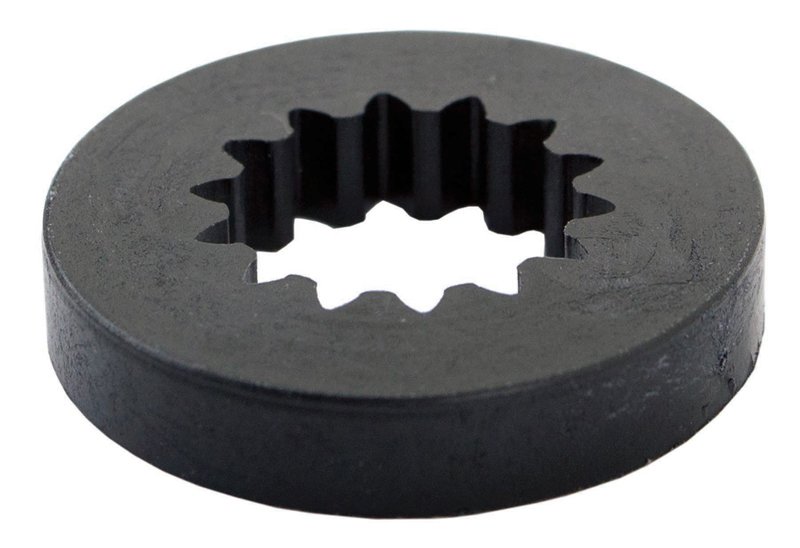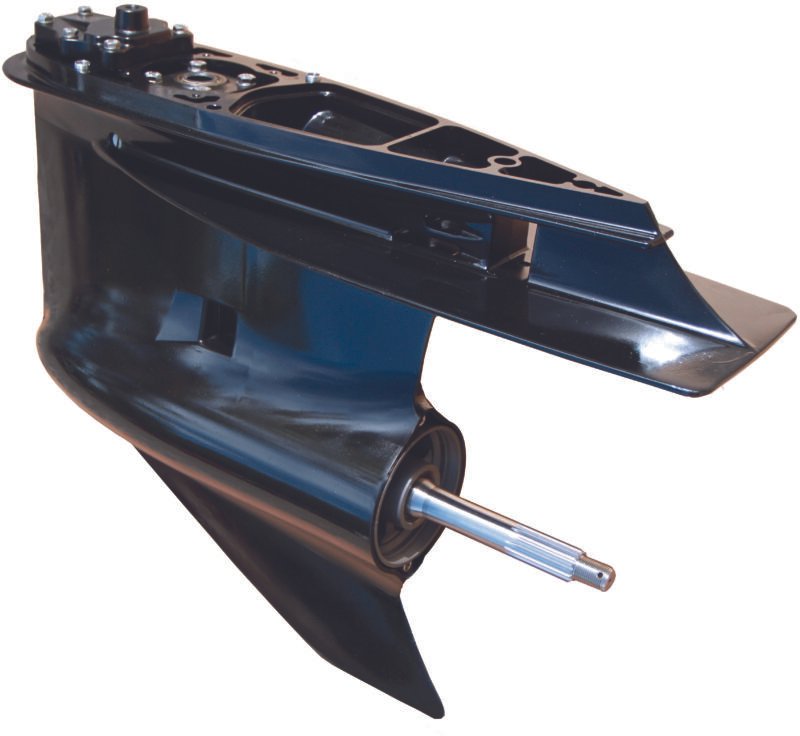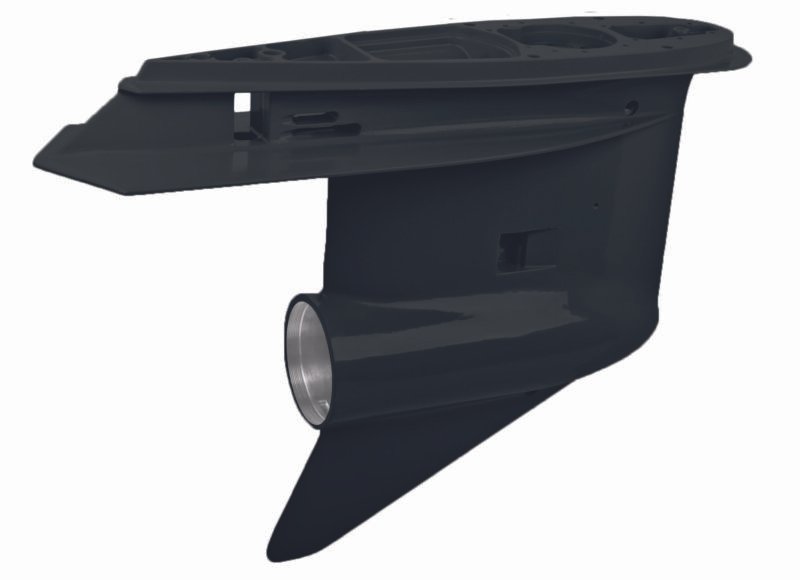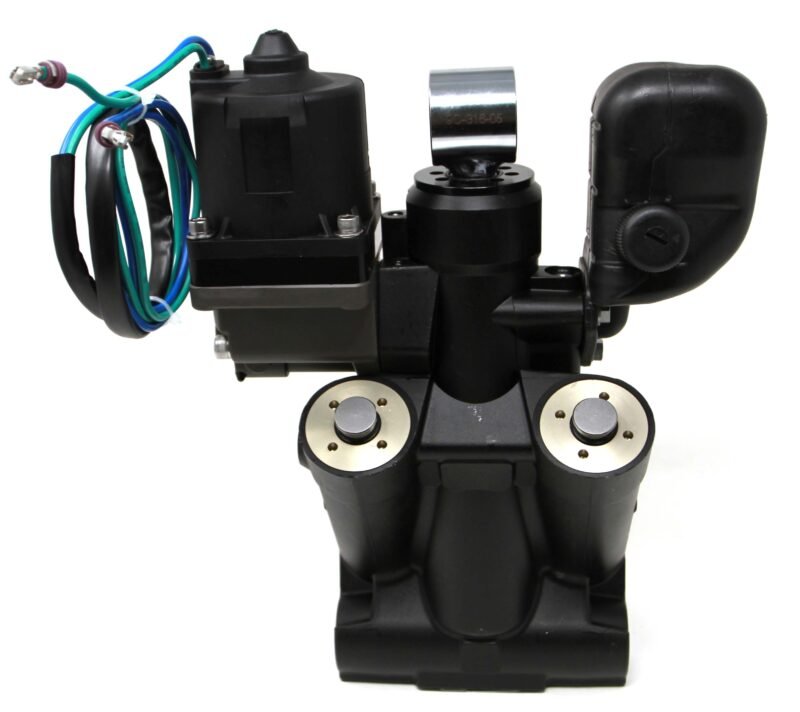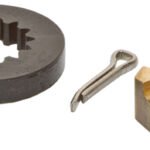
PROP NUT KIT
April 3, 2024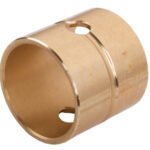
BUSHING
April 3, 2024
Description
- Function: The primary function of a spacer is to maintain a precise and consistent distance between two objects or components. It helps to prevent contact, interference, or misalignment between parts, ensuring proper functioning and longevity of the assembly.
- Design: Spacers come in a variety of shapes, sizes, and materials, depending on the specific application requirements. They can be cylindrical, rectangular, or tubular in shape, with uniform dimensions to provide even spacing. Spacers may have smooth or threaded inner diameters to accommodate different types of fasteners or shafts.
- Materials: Spacers are commonly made from metals such as steel, aluminum, or stainless steel, as well as plastics, nylon, or brass. The choice of material depends on factors such as load-bearing capacity, corrosion resistance, and environmental conditions.
- Applications: Spacers find widespread use in numerous industries and applications, including automotive, aerospace, electronics, machinery, construction, and plumbing. They are used to adjust the height or position of components, provide thermal insulation, support structural loads, or separate electrical conductors.
- Installation: Spacers are typically inserted between components during assembly, either manually or with the aid of tools. They may be secured in place using bolts, screws, or other fasteners, or they can be press-fit or glued into position, depending on the application requirements.
- Maintenance: Spacers generally require minimal maintenance once installed. However, periodic inspection may be necessary to check for signs of wear, deformation, or damage. Damaged or worn spacers should be replaced promptly to ensure continued reliability and performance of the assembly.

